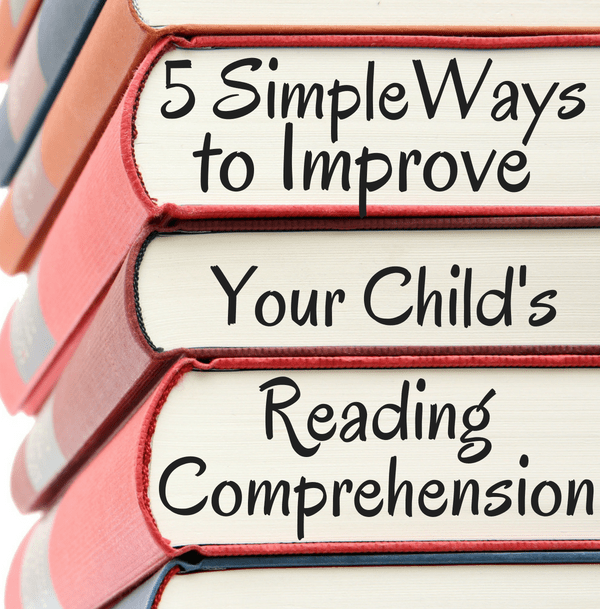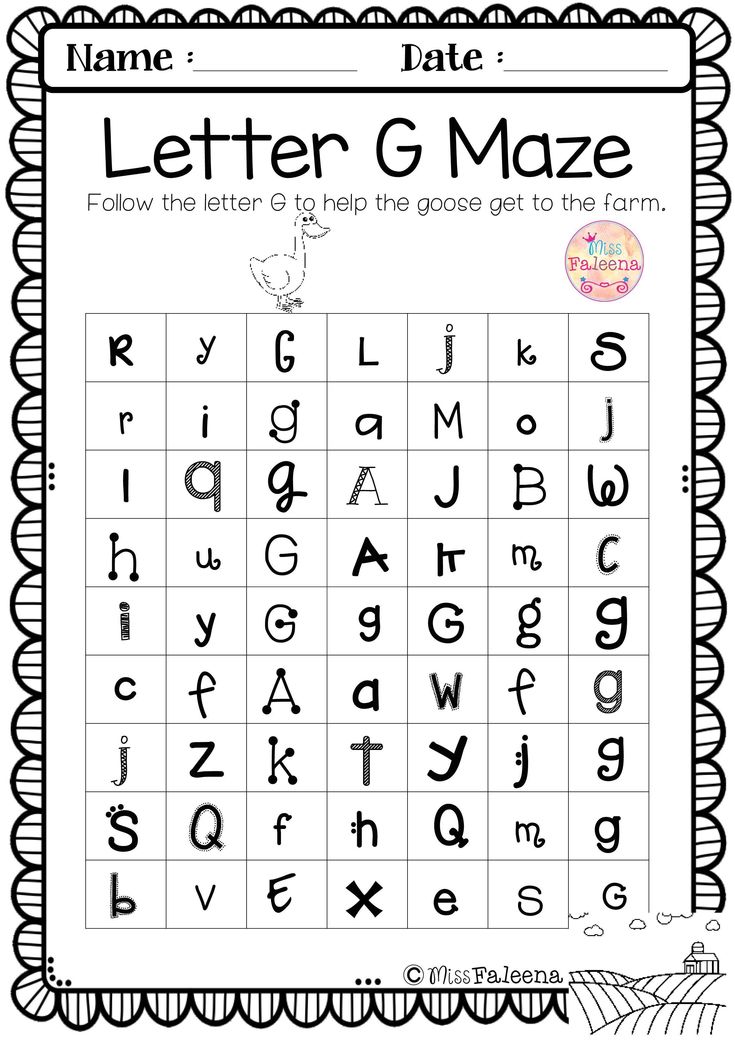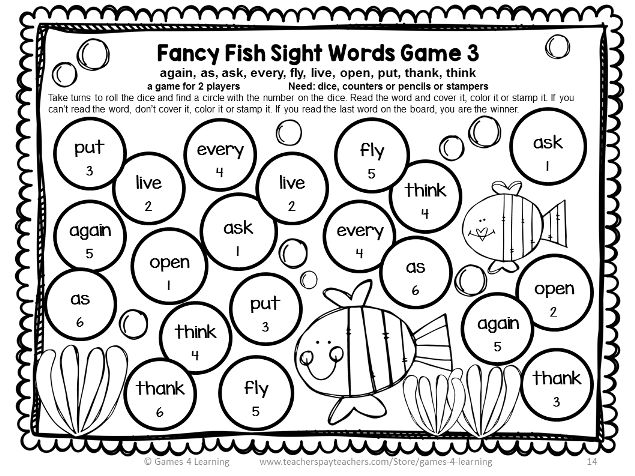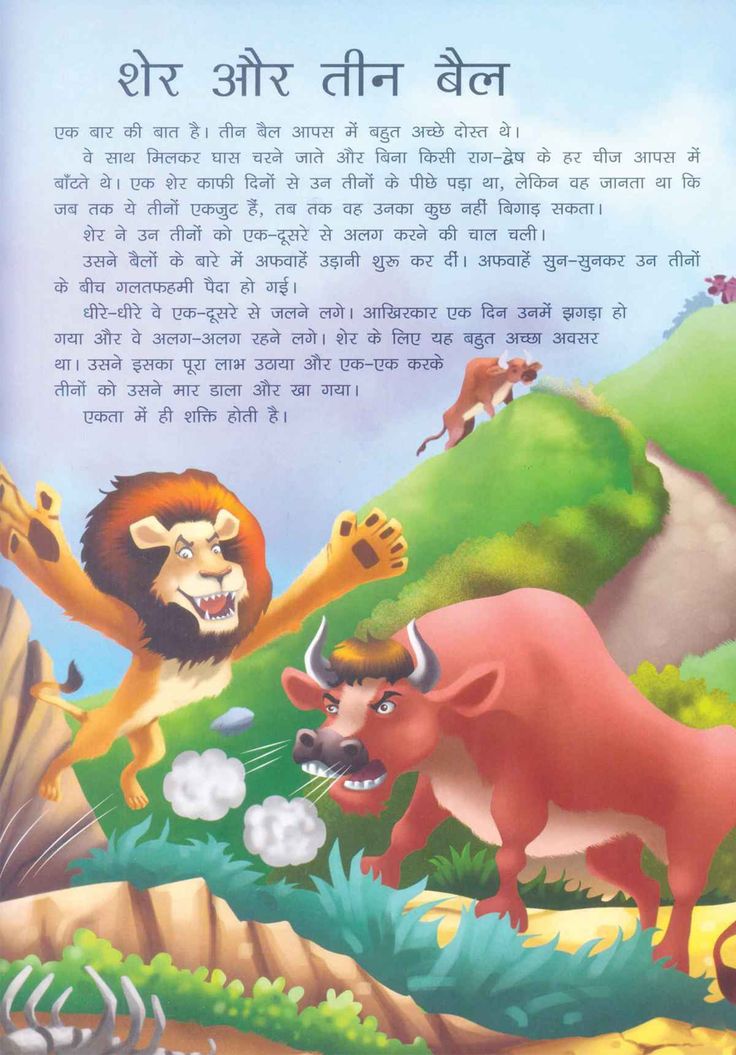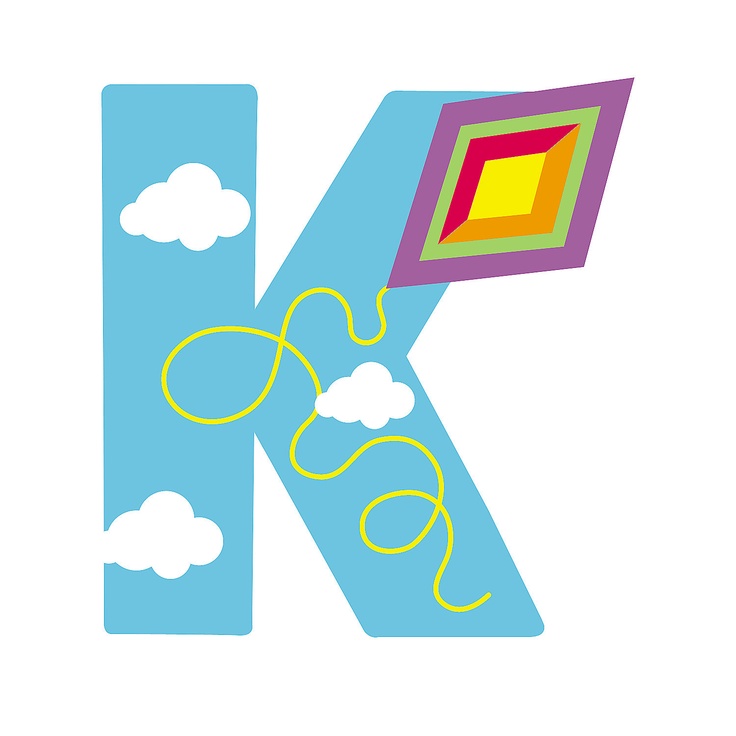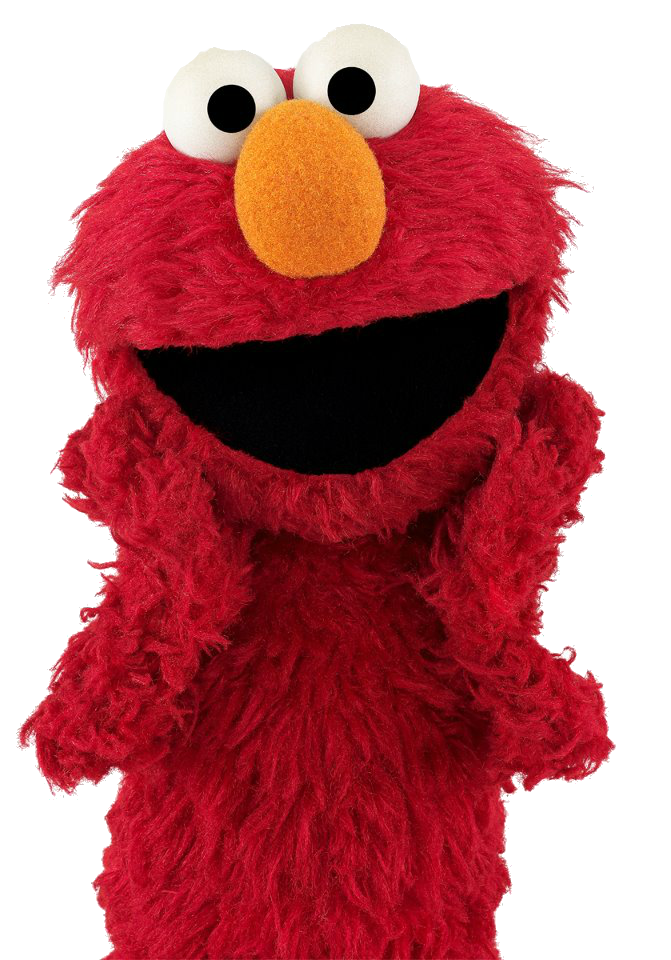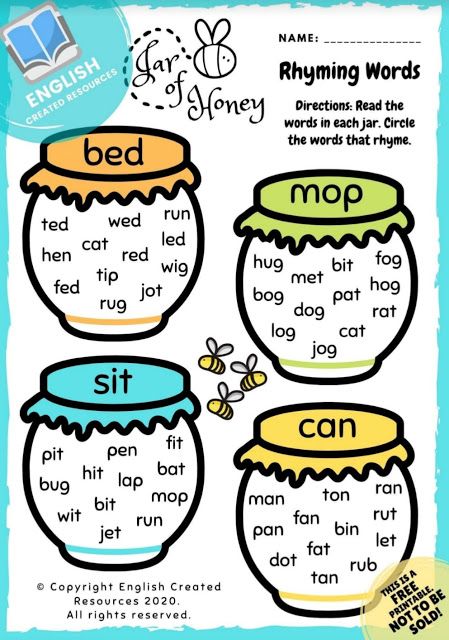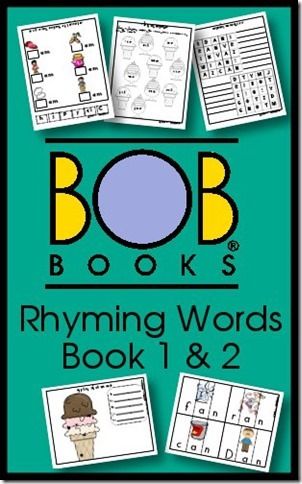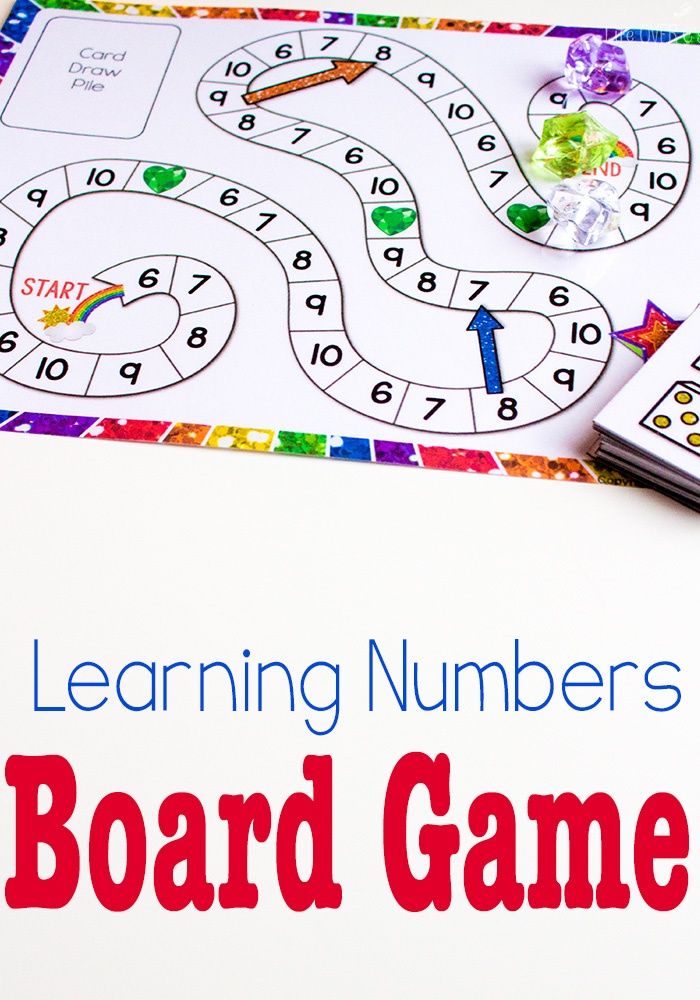Teaching adjectives first grade
5 Fun Activities for Teaching Adjectives in the Primary Grades
Need some fun ideas for teaching adjectives to your Kindergarten, 1st, or 2nd grade students?
Keep reading for some engaging activities!
Activity #1: Have students use adjectives to describe a real object.When I first begin teaching about adjectives, I like to point out that kids already know a lot of describing words!
I have them practice describing an interesting object (preferably, something related to a science or social studies unit).
Sometimes I give them a checklist for help (like this one from my Kindergarten Grammar Alive pack):
Partners or small groups can share their describing words with the class, and we make a big chart of adjectives that we add onto during future lessons.
Activity #2: Have younger students explore opposite adjectives and what they mean.With my Kindergarteners, I don’t go too far in-depth with teaching about adjectives.
But I do teach them about describing words that are opposites! We think of real-life examples of things that can be described as hot or cold, large or small, etc.
I also read aloud this “opposites” book to them to reinforce the opposites vocabulary:
Activity #3: Have students sort adjectives vs. non-adjectives.Once students are beginning to understand the concept of adjectives, I have them practice differentiating between words that are adjectives and words that are not adjectives.
A simple word sort is a great way to practice this:
(An adjectives vs. non-adjectives sort is included in my First Grade Grammar Alive resource.)
Activity #4: Work with adjective shades of meaning.Once students understand adjectives, we begin to explore shades of meaning. In this ice pops activity, students put together puzzles by looking for adjectives that mean something similar:
This ice pops adjectives activity comes from my Second Grade Grammar Alive resource!
Activity #5: Have students add adjectives to their writing!One of the main reasons we teach students about adjectives is so that they can use them to add details to their writing!
Once students understand what adjectives are and can come up with some examples, I model how to use describing words in writing.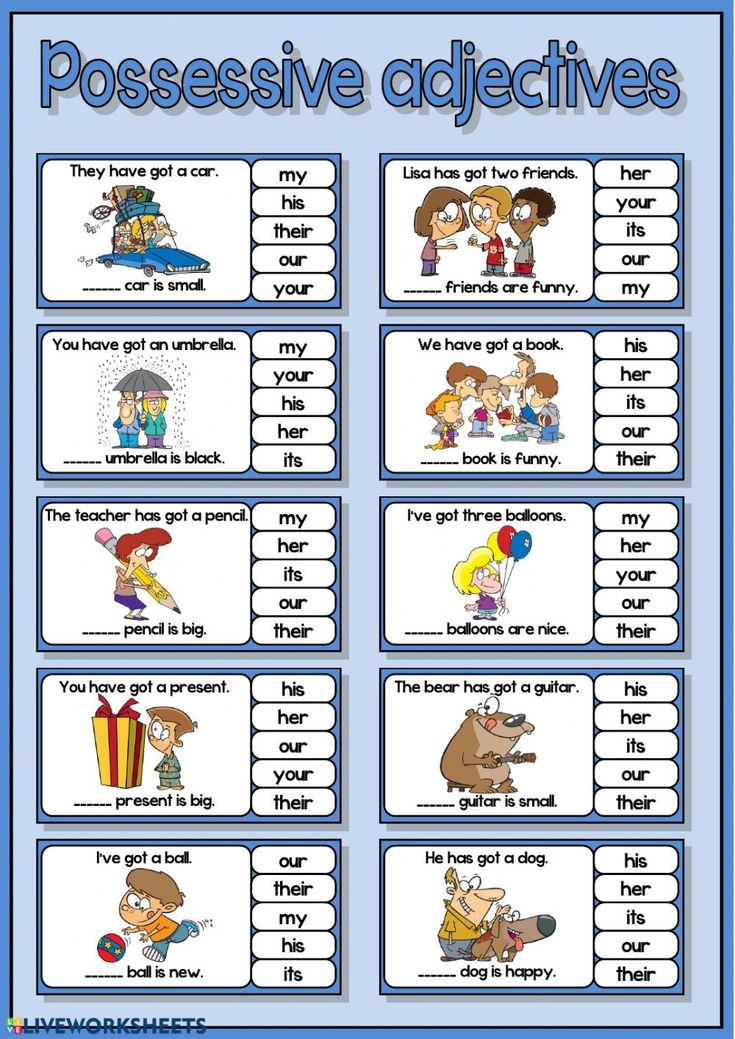
If we’re writing narratives, I model how to add adjectives to describe…
- A character
- The setting
- An important object in the story
If we’re writing informational / nonfiction pieces, I model how to add adjectives to describe…
- An animal or plant’s appearance
- Ingredients or materials needed for a how-to piece
If we’re writing opinion pieces, I model how to add adjectives to…
- Convey an opinion
- Describe a food, toy, restaurant, movie, etc. that I’m writing about
Once I’ve modeled, I ask the kids to take a piece of writing that’s finished or nearly finished. With a partner, they try to add at least 2 adjectives.
Then, in future writing lessons where we talk about adding more details, I remind them that they can use adjectives to add more detail to their writing.
More Adjectives Activities and Other Grammar Resources for K-2For these and other adjectives activities (and lots of other grammar materials!), check out my Grammar Alive! bundles for Kindergarten, first grade, and second grade.
I designed these resources to follow best practices for grammar instruction – but also be full of fun, active learning experiences for my kids!
Or if you already have a grammar curriculum but you need independent practice activities, check out my BoomCardsTM Grammar Games! These are digital grammar activities that your students can use on any computer, chromebook, or tablet with internet.
My students love BoomCards, and the audio explanations are great for providing support even when students are working independently!
Happy teaching!
Primary Grammar ADJECTIVES - with free activities! — Keeping My Kiddo Busy
GRAMMAR UNIT 2: ADJECTIVES
I am so excited to share unit two in my primary grammar series!
We are learning all about adjectives in this unit, and it works perfectly if you just completed Primary Grammar Unit 1: Nouns.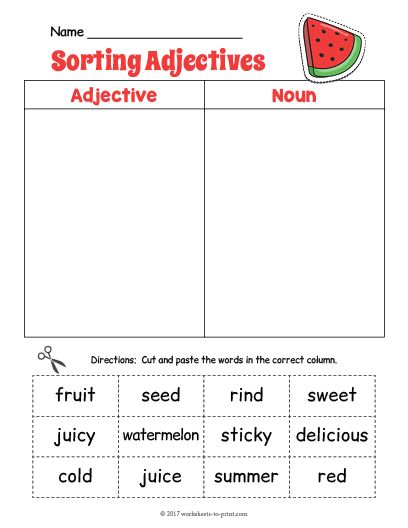
I know a lot of people first teach nouns, and then jump to teaching verbs.
I have had better success teaching adjectives right after we learned about nouns.
Adjectives describe nouns, so seeing how they work together makes so much more sense to students.
Ready to teach your primary students about adjectives in a way that will actually STICK with them?!
Let’s get started.
My kids are little noun experts since we just finished unit 1. Now we are learning about describing those nouns with details.
These are the slides that I show in lesson 1. I tell them that adjectives answer the question what kind?
What kind of snow? white snow
What kind of boy? a silly boy
What kind of horse? a fast horse
-
What kind of rocks? round rocks
HERE IS A FUN VIDEO TO HELP INTRODUCE ADJECTIVES
Tip: watch this video at the start of your grammar lesson each day for at least a week.
I tell students our words can paint a picture in someone’s mind by describing a noun with as many details as possible.
We go over the anchor chart shown to your left. I hold up objects (nouns) and they use put an adjective in front of the word.
For example: blue basket, sharp pencil, yummy candy, etc.
Our first activity will be to describe popcorn! I tell them to pretend they are explaining popcorn to someone who has never tried it before.
The adjectives to describe popcorn are provided for the students.
When they are done gluing the adjectives around popcorn, I can have them write more adjectives on the back.
They are starting to get the hang of adjectives, and they are already wanting to show me they understand.
The next couple of lessons are so much fun! We are doing adjective sorts.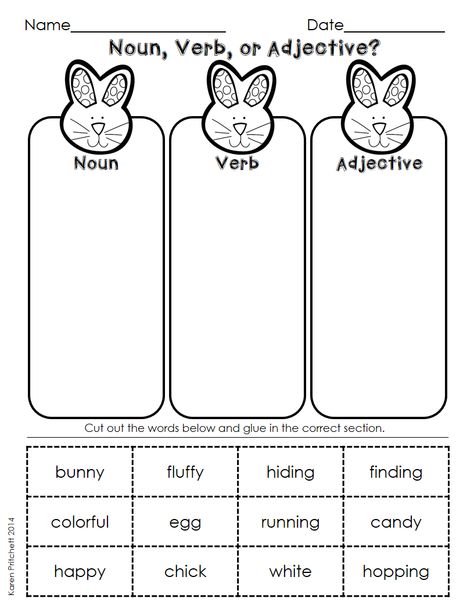 The mats are color coded for scaffolding, and I prefer to laminate them for durability (optional).
The mats are color coded for scaffolding, and I prefer to laminate them for durability (optional).
After they complete the color mats, there are coordinating follow up activities.
We talk about choosing adjectives to describe specific nouns. For example, yummy would not describe a turtle, but it is the perfect adjective for a cheeseburger!
I have them sort the color adjectives between two picture mats, and then they complete the two follow up activities:
Cutting and pasting the same coordinating adjectives (shown to the right)
Writing the adjectives both before and after the noun in each sentence (shown above)
Seeing the same pictures and words/adjectives is very helpful for students.
Plus, once they do these activities today, tomorrow and the next day are a breeze because the activities are the same.
The adorable theme changes along with the describing adjectives.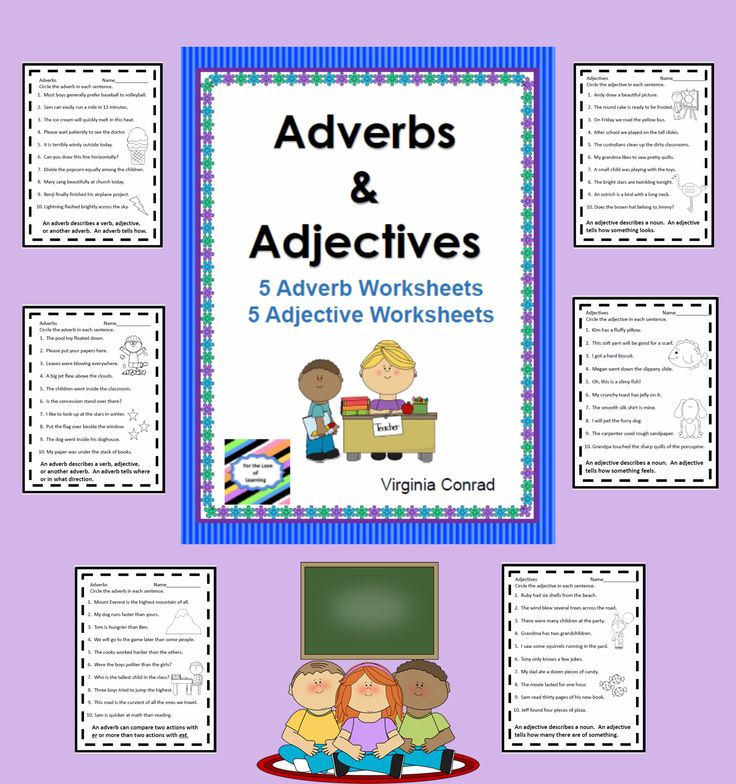
On lesson 2, we do the turtle and the cheeseburger, on lesson 3 we do the fox and the beach and then lesson 4 we learn about the adjectives that describe the fireman and arm chair.
All three of these lessons follow the exact same format of sorting color mats, then coloring and sorting with the cut/paste adjectives and finally the worksheet of filling in the adjectives.
I love how many adjectives they are learning - it so is cute to hear them say things like “the cozy arm chair” or “ the brave fireman.”
Now that they have some background with adjectives, I teach students that adjectives come from using our fives senses.
The cut and paste activity is differentiated and you can use one or both.
I tie this back to the popcorn lesson - I remind them of the adjectives we used to describe popcorn and how they come from all our senses - crunchy (hearing), bumpy (touch), salty (taste), etc.
I circle back to explaining that adjectives answer these three questions:
Which one?
What kind?
How many?
I actually sing this over and over again and have the kids join me so it sticks (if you don’t sing… just chant over and over!)
The activity pages coordinate perfectly, and they use the slides shown above to fill out the first worksheets. Then they can practice the second on their own.
During the next few lessons, we are solidifying how adjectives are used in a sentence.
I teach my students that adjectives often come right before nouns (shown on left.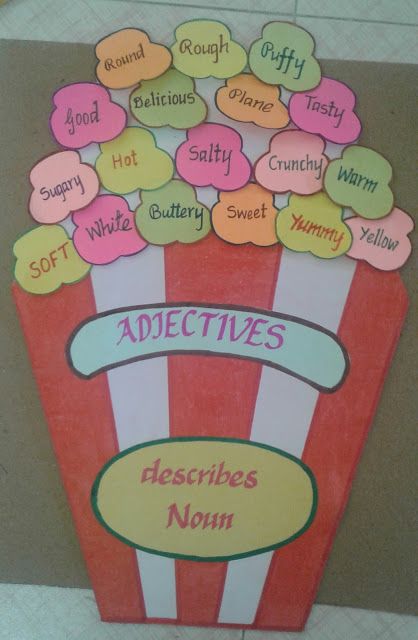 ) This is a very common way adjectives are used in sentences.
) This is a very common way adjectives are used in sentences.
They can also come after the noun connected by “to be” verbs such as is, are, was, etc. (shown on right.) These are the two most common ways adjectives are used in simple sentences.
We do a whole group activity, and then use this activity page. I also have students write adjectives on their own!
My goal is for students to see the pattern in how nouns and adjectives work together in sentences.
I also include sentence building activities, where students build two sentences using the same nouns and adjectives, but the sentence is in a different format. This is so helpful for students to see the patterns within sentences.
Differentiated versions are included, and everything is planned out for you!
This next activity is so much fun, and we spend several days on it. Children absolutely love it, and learn so much from it.
Students match the adjective with the noun, and then we practice using them both in a sentence.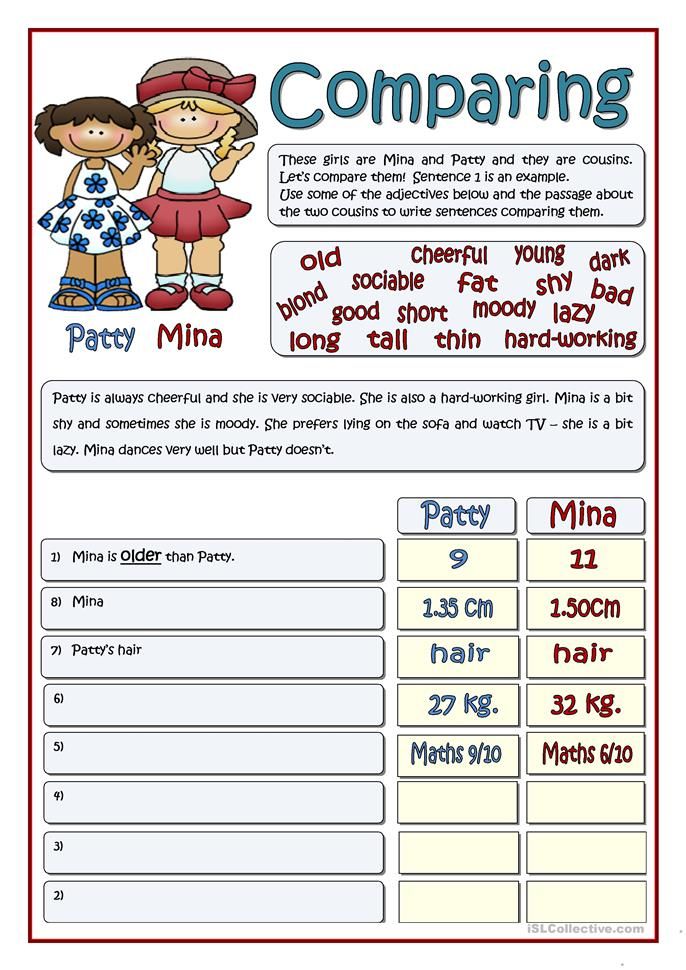 I challenge them to make two sentences each (orally) using both common sentence structures (adjective directly before the nouns, and then adjective after the noun and being verb.)
I challenge them to make two sentences each (orally) using both common sentence structures (adjective directly before the nouns, and then adjective after the noun and being verb.)
This sounds tricky, but they get the hang of it!
For example:
It is so important to start with having students orally make sentences. You want them to get comfortable simply paying with language and how to form different sentences using the same words.
Have them produce a sentence orally and then they can move on to writing it on the coordinating writing pages.
We spend several days on this activity - we play memory, matching, go fish and other games with the cards. Each day they can fill out one of the activity pages by writing complete sentences.
They will learn and grow so much during these few short dosed, and it is so fun to be a part of!
Next, we move on to adjective hunts! It is a similar format to my noun hunts, and they are simple, straightforward and fun for the kids.
This builds right where we left off with the noun hunts.
Children locate a noun in the picture and write it on their paper. Then, they write an adjective to describe that noun.
At the bottom of their paper, they choose one set and write a complete sentence.
They can they trade papers with a partner to see which nouns and adjectives are the same and different than each other.
We spend at least two days doing these, and it is so fun!
Next, we move on to rewriting sentences using adjectives. I call it adding sprinkles to their writing!
The first activity they cut out “sprinkle adjectives” and glue it to ice cream.
The next day, students add “sprinkles” to the sentences by rewriting the sentences using adjectives.
Your kiddos will be so engaged with these lessons!
We are nearing the end of the unit, and now we are applying what we learned with the activities below.
MYSTERY BAGS!
The kids love this lesson!
We do mystery bags, and the kids have to reach their hands into the bag and write adjectives to describe what they feel.
They can then make a prediction on what they think the object inside the bag is.
Some ideas of objects to put in the mystery bags are uncooked spaghetti noodles, silly putty, play dough, grapes, yarn, beads, and pipe cleaners.
The possibilities are endless! The recoding page has two mystery bags for students to record their adjectives and predictions, but if you copy it front to back you could do four mystery bags.
This is such a fun lesson, and the kids will remember it for a long time when you talk about adjectives in the future.
I love doing lessons that really stick with them, and master bags are a sure way to help students remember that adjectives describe nouns.
These worksheets are a great way to check for understanding to see if your students are grasping adjectives.
The next two lesson are focused on comparative and superlative adjectives. I don’t focus on them mastering this yet, but it is a great introduction.
FYI: ELL students will have a harder time with this concept. We spend two days on these lessons.
Our last few days with adjectives are spent with animals! This is so cute.
Kids love anything to do with animals.
I provide a word bank, and students write sentences with adjectives describing each animal.
Both color and black and white options are included for each animal. It is so fun, because everyone’s sentences will be different, and it is perfect to take time to share with each other.
“My students love to do these activities. It is so refreshing to buy a resource that I know will engage my students and be fun for them.”
“This resource was amazing! I love the differentiation with this product. The activities are perfect for whole group, independent work, and small group. My students love using this amazing tool.”
CLICK HERE TO PURCHASE
CLICK HERECLICK HERE TO VISIT MY PRIMARY GRAMMAR HOMEPAGE
[email protected]grammar, adjectives, nouns, english, language arts, first grade, kindergarten, second grade2 Comments
0 Likes33.
 Methods of studying the name of an adjective in primary school.
Methods of studying the name of an adjective in primary school. System learning adjectives involves gradual complication and expansion material both in terms of vocabulary and and in terms of grammar. In class I students observe vocabulary the meaning of adjectives, learn What questions should be put to these words? which? which? what kind?; in the second grade are studied adjective changes by gender and numbers depending on nouns, in grade III - declension of adjectives and spelling of case endings. Simultaneously in the Russian language lessons and reading into children's speech are introduced new adjectives, the meaning is clarified previously known. Skill is being formed use them correctly in connection speech.
Methodology learning adjectives is conditioned, first of all, their linguistic features. Adjectives denote object sign. The essence of semantic the meaning of adjectives requires consider them in relation to nouns. Grammar signs of adjectives (gender, number, case) also depend on the name noun. Therefore, in order to understand adjectives are important from grade I direct children's attention to dependence of the adjective on noun. In class I Specifically, this is expressed in the fact that students, first, select a sign to the subject and, secondly, develop the ability connect with a question words in a sentence, i.e. highlight phrases with adjectives and a noun (no term). Later, in grades II and III, this dependence is all more specifically: in what number, gender, case is a noun, in the same gender, number, case is used and an adjective. In this way, semantic-grammatical properties adjectives condition the following methodological requirement: work on adjectives should go as in plan vocabulary, and in terms of morphology and syntax.
Therefore, in order to understand adjectives are important from grade I direct children's attention to dependence of the adjective on noun. In class I Specifically, this is expressed in the fact that students, first, select a sign to the subject and, secondly, develop the ability connect with a question words in a sentence, i.e. highlight phrases with adjectives and a noun (no term). Later, in grades II and III, this dependence is all more specifically: in what number, gender, case is a noun, in the same gender, number, case is used and an adjective. In this way, semantic-grammatical properties adjectives condition the following methodological requirement: work on adjectives should go as in plan vocabulary, and in terms of morphology and syntax.
First stage (I class). Initial introduction to adjectives still without a term), naturally begins from observations on lexical meaning adjectives and questions they answer. Features of objects varied and can be object in terms of color, shape, size, material, purpose, accessories etc.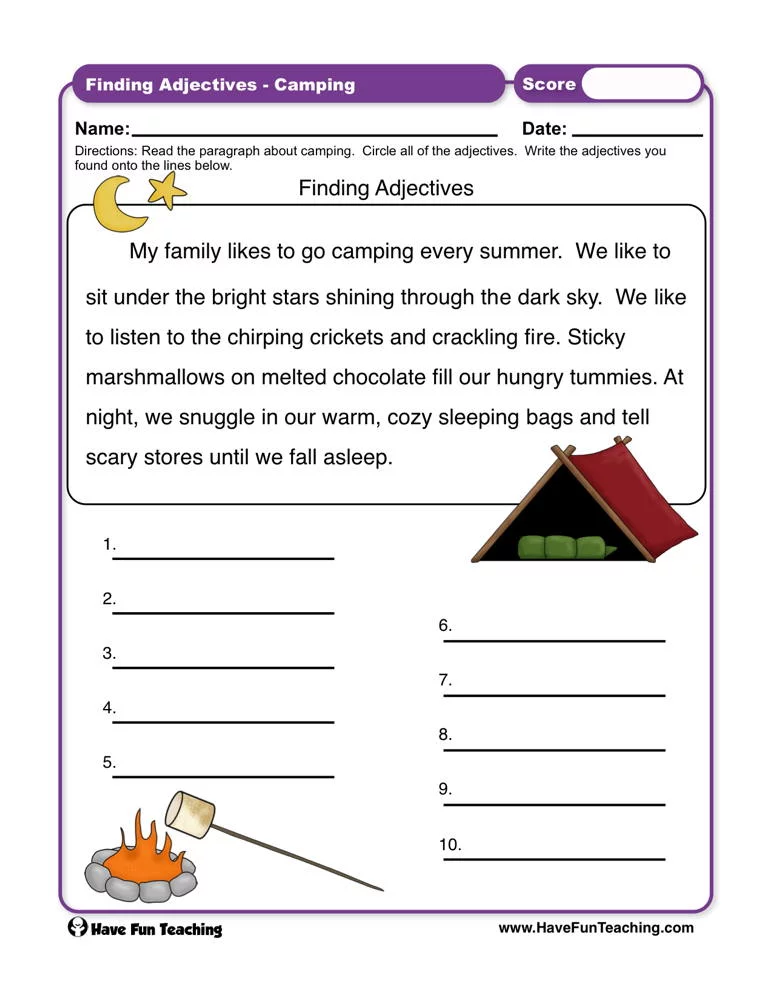 Therefore, for the formation concepts need to be revealed this is multilateral meaning of adjectives.
Therefore, for the formation concepts need to be revealed this is multilateral meaning of adjectives.
correct posing questions to the words what? which? which? inherently associated with understanding the gender of nouns and adjectives and syntactic dependence of adjectives on nouns. Because with category of gender, students get to know only in II grade, first graders learn to ask questions practically guided by the meaning of the words: tomato which? ripe, plum what? ripe, apple which? ripe. word recognition, answering the question what?, and words, answering questions what? which? which? (singular and plural number), it is advisable to associate with observations on the number of objects. This brings an element of awareness to student actions.
big place in the study of adjectives occupy creative works, both oral, and written: a description of the tour in forest, park, description of trees, birds, animals. Wide application in the classroom finds visibility in the form of objects, paintings, subject drawings.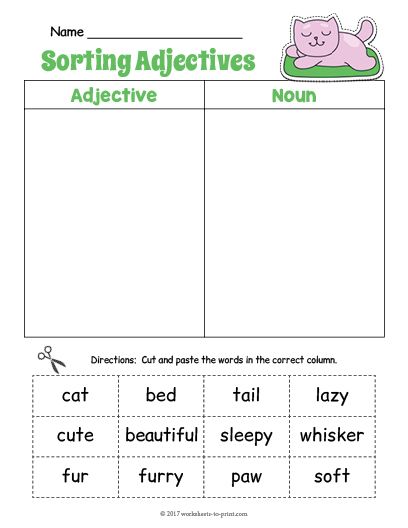 During observing certain phenomena. students learn to recognize signs objects and choose the exact words, naming these features. Effective are the following types of exercises:
During observing certain phenomena. students learn to recognize signs objects and choose the exact words, naming these features. Effective are the following types of exercises:
one. Distribution of offers.
2. Recovery of deformed offers.
3. Making up stories from pictures base words.
Such types of exercises develop the ability to only to use words accurately, but also grammatically correct given the connection adjective with a noun.
Second stage (II class) is mainly directed to solve three problems: formation the concept of "adjective", the development ability to accurately use adjectives in speech, the formation of spelling skills generic endings of adjectives. All three tasks are solved in conjunction.
Formation the concept of "adjective" is in direct proportion to the level of mastery students of the generalized category1 "object mark". To this end words are classified denoting color, taste, smell, size, the material from which the object is made, etc.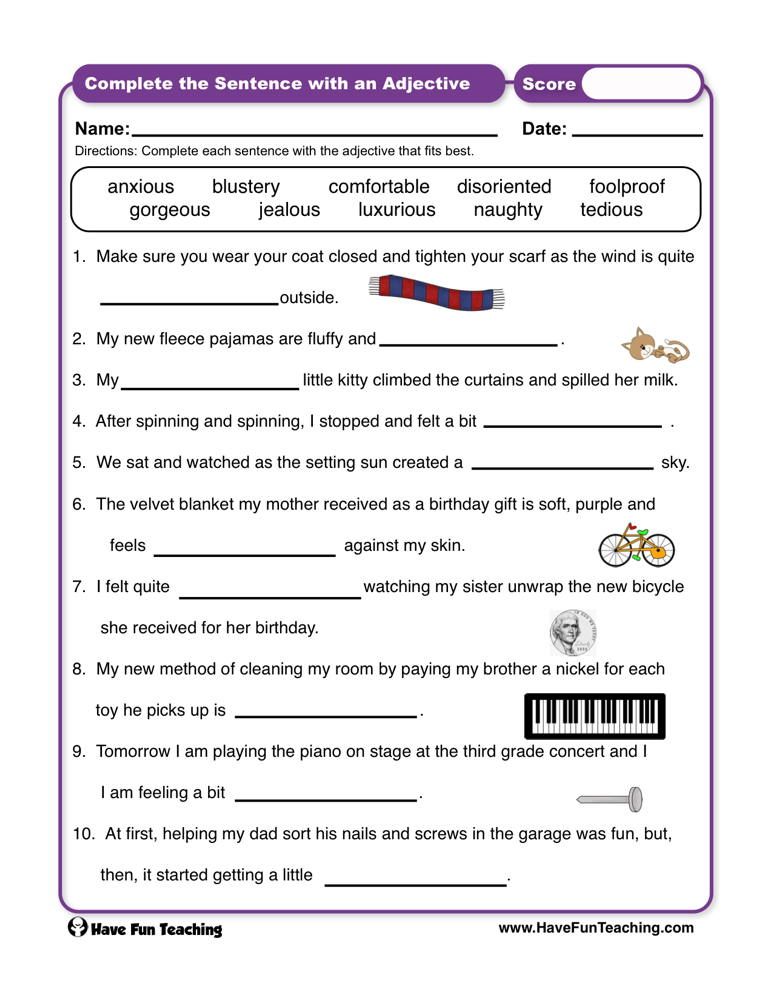 and a generalization of the features of such words. As general essential properties stand out not only lexical meanings of words, as was done in I classroom, but also characteristic grammatical peculiarities.
and a generalization of the features of such words. As general essential properties stand out not only lexical meanings of words, as was done in I classroom, but also characteristic grammatical peculiarities.
On the based on the generalization of the properties of specific adjectives second graders distinguish indicators that are characteristic adjectives as parts of speech:
a) designate an attribute of an object,
b) answer the question what?,
in) vary by gender and number,
G) belong to nouns, together with which form phrases.
Purposeful work on the formation of this concept carried out in the process of studying the whole topics "Adjective name" (20 hours) and directly related to the development speech. Enriching children's vocabulary carried out not only through clarification of the meaning of words representing are quality adjectives, but through relative and possessive adjectives. Especially important use adjectives to observe denoting a variety of qualities people and from different sides characterizing them (sensitive, responsive, inquisitive, careful, clear-sighted, kind, industrious, etc. ). Great Opportunities open for work for the teacher, if he skillfully uses the connection reading lessons and Russian language lessons.
). Great Opportunities open for work for the teacher, if he skillfully uses the connection reading lessons and Russian language lessons.
Didactic material on the Russian language, grades 1-4 (adjective)
- Kochetkova Larisa Alekseevna
Sections: Primary school
literacy. The solution to this problem depends on the content, methodology, structure of the Russian language lesson. The proposed course creates conditions for the implementation creative abilities of younger schoolchildren in the study of the Russian language. Well allows to develop independence, cognitive activity, literacy, taking into account the individual abilities of each student. Course structure based on the state program.
Russian language textbooks for elementary school contain outdated and far from contemporary texts.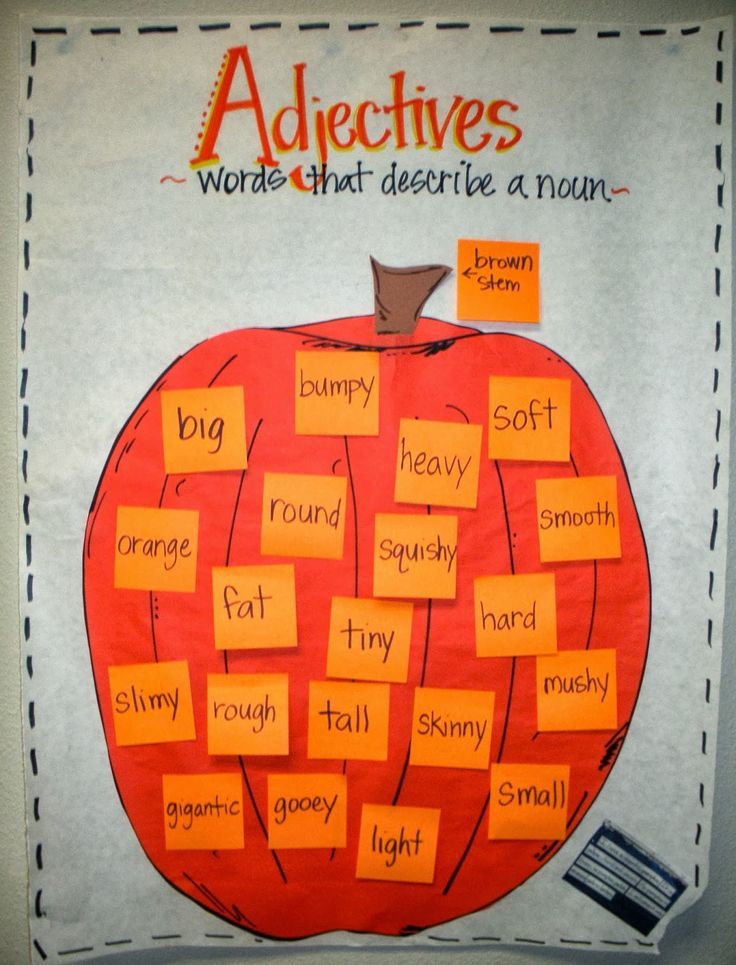 The proposed course contains text that is understandable and close modern student, which is of genuine interest.
The proposed course contains text that is understandable and close modern student, which is of genuine interest.
The course contains the following sections:
Grade 1.
- Spelling of vowels after hissing.
- Knowledge test.
2nd grade.
- Repetition of what was learned in the 1st grade.
- Spelling of paired voiced and deaf consonants.
- Knowledge test.
- Spelling of unstressed vowels.
- Spelling of doubled consonants.
- Final work for the 2nd grade.
Grade 3
- Repetition of what was learned in the 2nd grade.
- Separating soft sign.
- The composition of the word.
- Spelling of paired voiced and deaf consonants.
- Knowledge test.
- Spelling of unstressed vowels.
- Spelling of unpronounceable consonants.
- Knowledge test.
- Parts of speech.
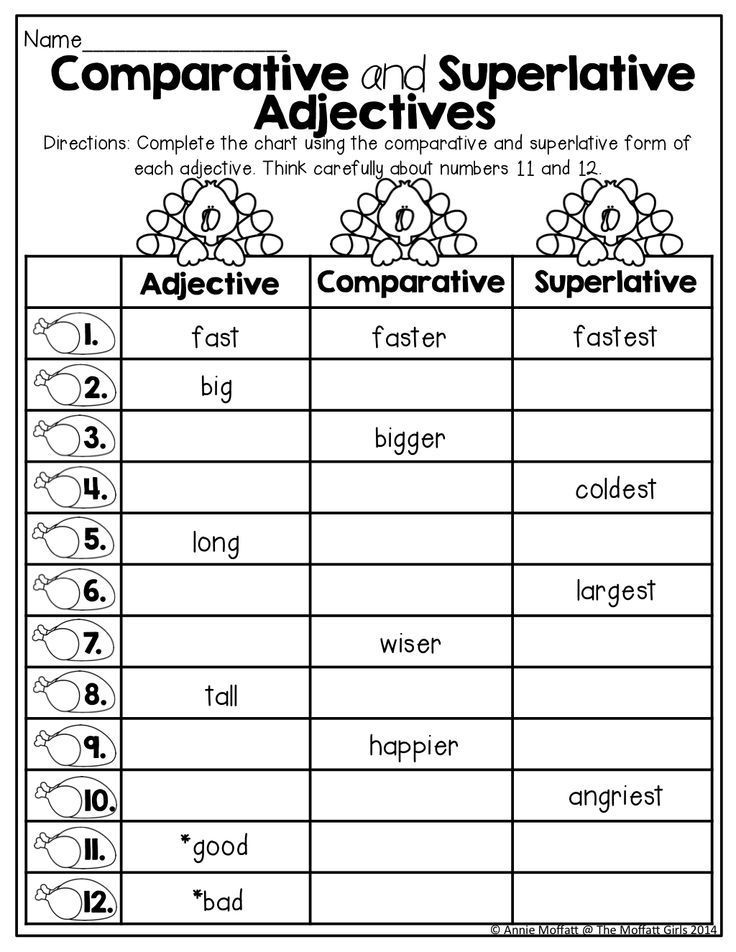
4th grade.
- Noun:
- Declension recognition;
- Case recognition;
- Spelling of unstressed case endings, knowledge test.
- Adjective.
- Pronoun.
- Verb.
The objectives of the course are:
- Compliance with the state curriculum in the Russian language.
- Replenishment of students' vocabulary.
- Expanding horizons.
- Disclosure of the concepts of modern terms.
- Repetition and consolidation of material.
- Formation of control of knowledge, skills and abilities of students.
The following examples of tasks on the topic “Adjective name” are designed for 4th grade students clearly demonstrate the methodology.
All text cards #5-#9 can be used as stand-alone cards work, tests, dictations.
The manual can be used both for individual training and collective.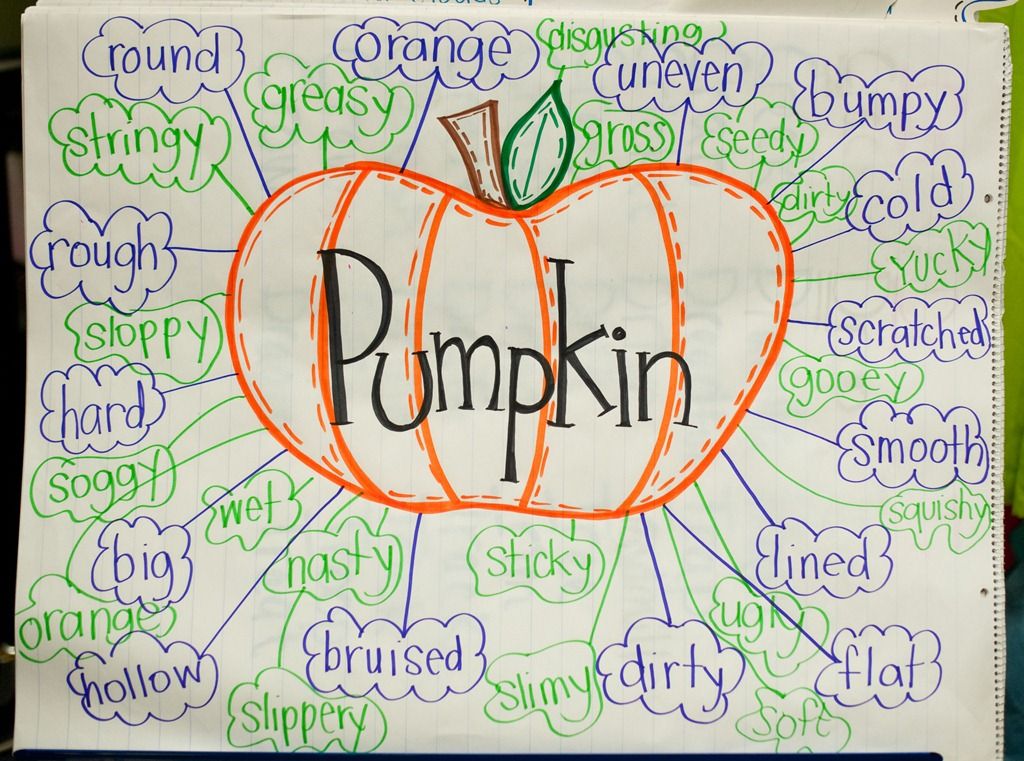 The material is selected in such a way that allows even the weakest students with interest to work in the lesson, realizing their small victories. Didactic material - the cards are composed from a simple to a complex task. He helps the teacher to control the assimilation of the studied material and notice in time Problems.
The material is selected in such a way that allows even the weakest students with interest to work in the lesson, realizing their small victories. Didactic material - the cards are composed from a simple to a complex task. He helps the teacher to control the assimilation of the studied material and notice in time Problems.
Card #1.
- Task: Think of and write down a sentence, putting this phrase in the P.p.: blue sky.
- Task: Analyze the sentence by parts of the sentence and parts of speech: On a high_ der_v_ dyat_l beat k_ru.
- Task: Write down the phrases, indicate the case of the adjective: In the bright sky, oh true friend, by the blue sea.
Card #2.
- Task: Think of and write down a sentence, putting this phrase in R.p.: native village.
- Task: Analyze the sentence by parts of the sentence and parts of speech: Children found a lot of graves in the near_s_snov_ l_su.
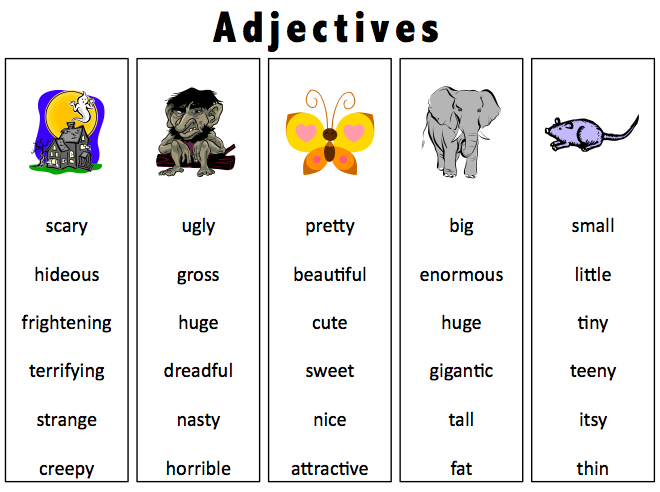
- Task : Write down the phrases, indicate the case of the adjective: About a funny_ case, in a neighboring house_, from a blue_ sky.
Card #3.
- Task : Think up and write down a sentence by putting this phrase in Tvp: summer morning.
- Task : Analyze the sentence by sentence members and parts of speech.: At the lesson_ ru_ k_ language r_byata p_sali about friendship_.
- Task : Write down the phrases, indicate the case of the adjective.: In a cold spring, about a blue sea, a clear summer morning.
Card #4.
- Task : Think up and write down a sentence by putting this phrase in the C. p .: green meadow.
- Task : Parse the sentence into sentence members and parts of speech: We met with the older brother at the neighboring house.
- Task : Write down the phrases, indicate the case of the adjective: Oh good_ friend_, with a cheerful_ cry.
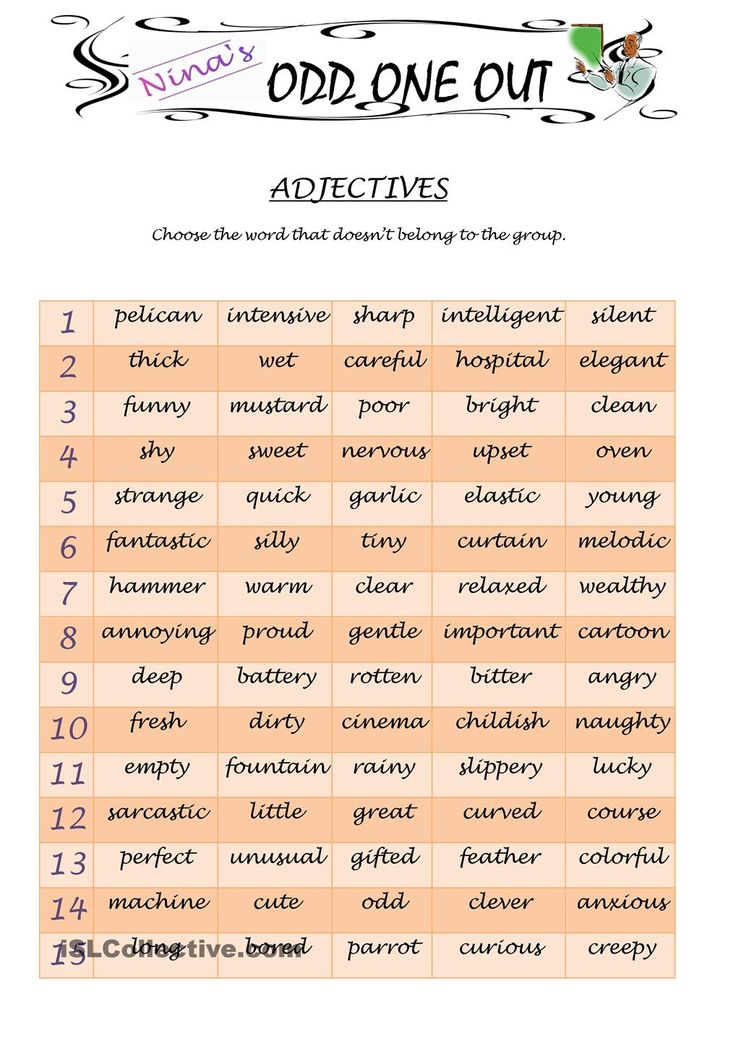
Card #5 .
1. Task : Write the text. Fill in the missing spellings. Indicate the case adjectives:
It was a fine summer morning. Under the soft gust of hot wind, the sea smiled brightly sky. With a splash in the village, the m_rskaya wave rushed. Swift-winged on a high ridge. The white foam melted on the hot sand. From the sandy shore slowly descended into the blue into the huge edge.
2. Task : sort out the words by composition: Gray, forest, gilded.
Card #6.
1. Task : Write the text. Fill in the missing spellings. Indicate the case adjectives:
A cold key is being sampled from the dark underworld. Fresh_ clean_ water will quench he is from summer thirst all the same. In each glass of wine, a transparent drop of glass shines. The little motley bird leaned in the direction of the student in the wild. Sp_shit fast_ stream along a deep ravine to a transparent river, which winds like a silver ribbon behind the dark l_juice.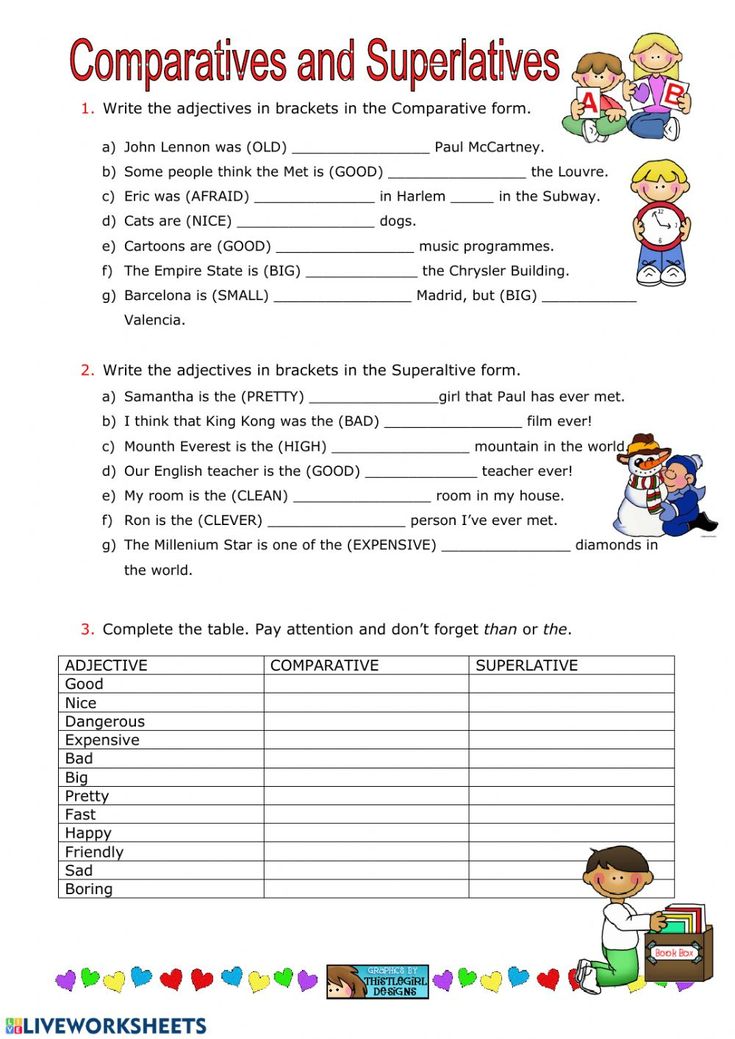
2. Task : Pick up adjectives of different genders with the same root:
Card number 7.
1. Task : Write the text. Fill in the missing spellings. Indicate the case adjectives:
A detachment of tourists wandered into the wilderness. Blue shines through the trees sky. Around thickets of swampy reeds. Plants grew taller than human growth. It is easy to hide here, as in a real l_su. Long_l_stok is beautifully curved green with an arch. My straight slender stem is crowned with velvet glitch. Dark sh_shechka rushes from a light wind. In the afternoon, the autumn, soft, fluffy, fluffy, sh_shki l_sn_ swamp.
Card #8.
1. Task : Write the text. Fill in the missing spellings. Indicate the case adjectives:
We got a new apartment in a high-rise building on the top floor. Near our house building a closed_ station for hourly transport. They let me in on the neighboring street new bus route.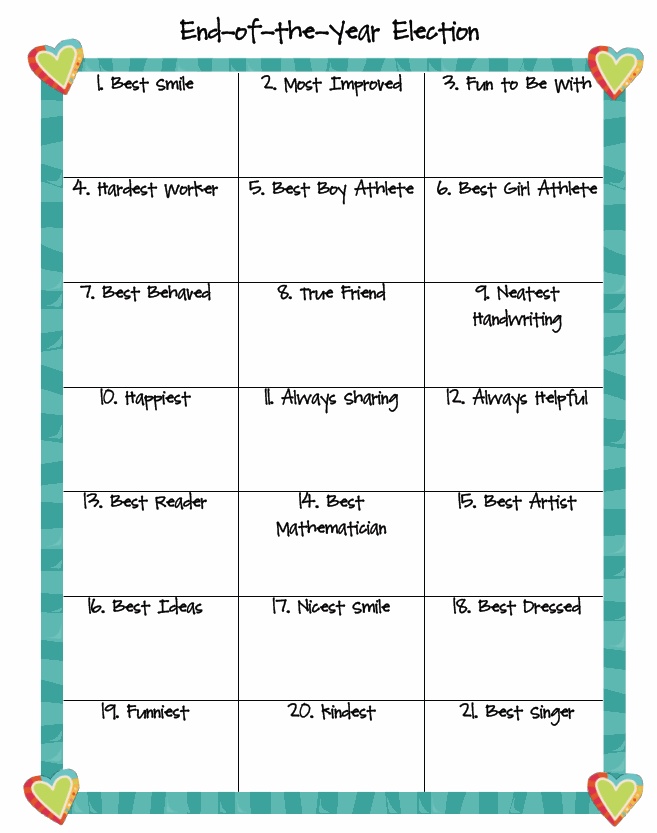
Learn more


